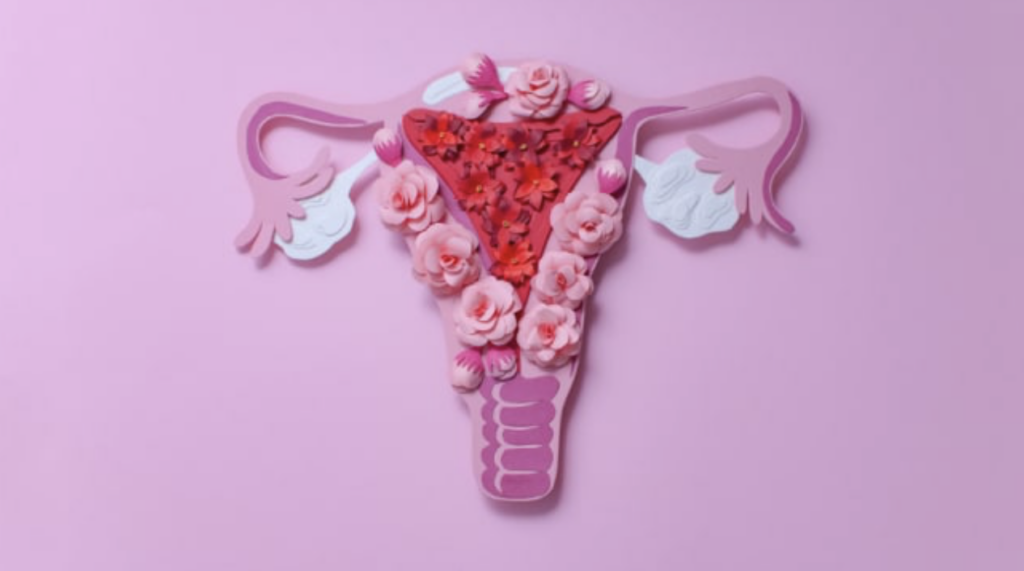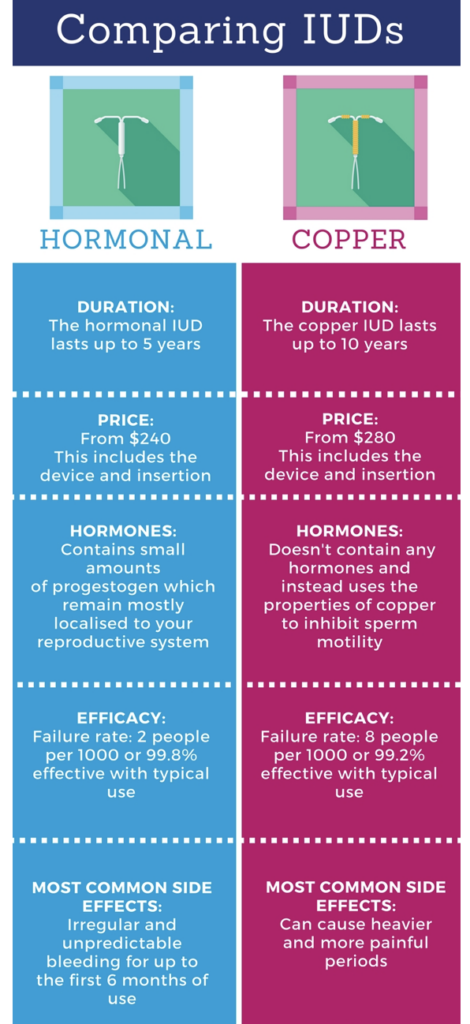If you’ve not heard about the coil before and have no idea what it does, look no further because we’ve done some research about the coil for you. If you do know about the coil and are apprehensive because you’ve heard some negative things through the grapevines, clear your mind and have a read, the coil isn’t all bad!

Contraception if you don’t know already is a method that aims to prevent pregnancy. It does this by keeping the sperm and egg apart by thickening the cervical mucus. There are 15 different types of contraception to choose from, the least common one being suggested to young people being the IUD (Intrauterine device)/IUS (Intrauterine system). The IUD/IUS is a ‘T’ shaped device that is inserted into the uterus. There are two different types: the hormonal and non-hormonal known as the copper coil.
The hormonal coil releases a small amount of levonorgestrel, a progestin. These types of coils last 5-10 years, depending on the brand, Mirena and Skyla being the most popular. Levonorgestrel thickens the cervical mucus, stopping the sperm from reaching the egg.
The copper coil is a ‘T’ shaped frame with pure copper wire wrapped around it, releasing copper ions at a steady and slow rate. There is an increase in copper ions that don’t allow the sperm to survive in the uterus and sometimes the sperm can’t break through the cervical mucus. It contains no hormones, so it can be used straight after giving birth. The disadvantage is that periods can be more painful but become less frequent after a few months. There is a 1% chance of getting pregnant with the copper IUD.

Easy to read table to summarise the differences
The insertion can be painful, I have first hand had this experience, but an injection to numb you will be provided before this. A speculum is used to find the opening of the cervix and a device is used to insert the coil. Strings will hang out of the cervix, needing to be checked regularly, especially after a period. However, the maintenance is low and doesn’t need attention until it’s due to be removed. As soon as it’s inserted, you’ll start feeling cramps and spotted bleeding, this is normal for a few weeks.
The copper coil has been the best decision I’ve ever made, for me and my partner. The hormone levels in the copper coil are extremely low, so it doesn’t affect my moods and libido as much as the pill and implant did. I get my period once a month but it’s very light and lasts anywhere between 1-3 days. I’ve suffered from acne since I was a teenager, but it’s decreased a lot since being on the coil although I’ve noticed my skin is more oily than normal, they did warn me! The copper coil is different for everyone, so my experience is not going to be the same as the next persons. It’s definitely something to discuss with your partner and a professional if you’re looking for a new method. The NHS have a great page about choosing the right contraception and Contraceptive Choices.
The coil is the most effective contraception available, about 99% but isn’t suggested within the sexual health professionals as it’s hard to find clinics that will do the procedure as there are not many trained on the insertion and removal of coils, the pill is the easiest form of contraception to get a hold of, the IUD/IUS isn’t marketed enough to the public and there’s an image problem creating a negative misconception about the device where it can cause infertility and/or be too painful. There’s enough scientific research to show the device doesn’t cause infertility and is just as safe to use as the other methods. A lot of people think that these devices can only be used by people who have had babies, but they can be used for young adults who don’t want children for a long time as long term contraception.
There are 13 other types of contraception: caps, combined pill, condoms (male and female), implant, injection, patch, diaphragms, natural family planning, progestogen-only pill and the vaginal ring. Always do your research, it’s important to find one that suits you.
Follow us on Instagram to tell us whether you’d use the coil or if you are already.


